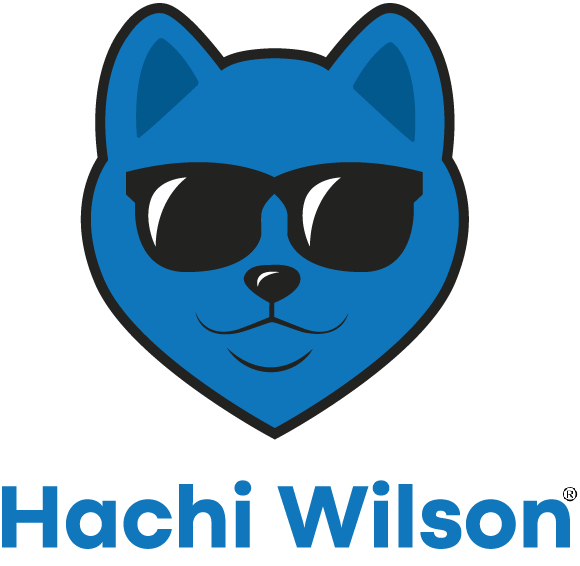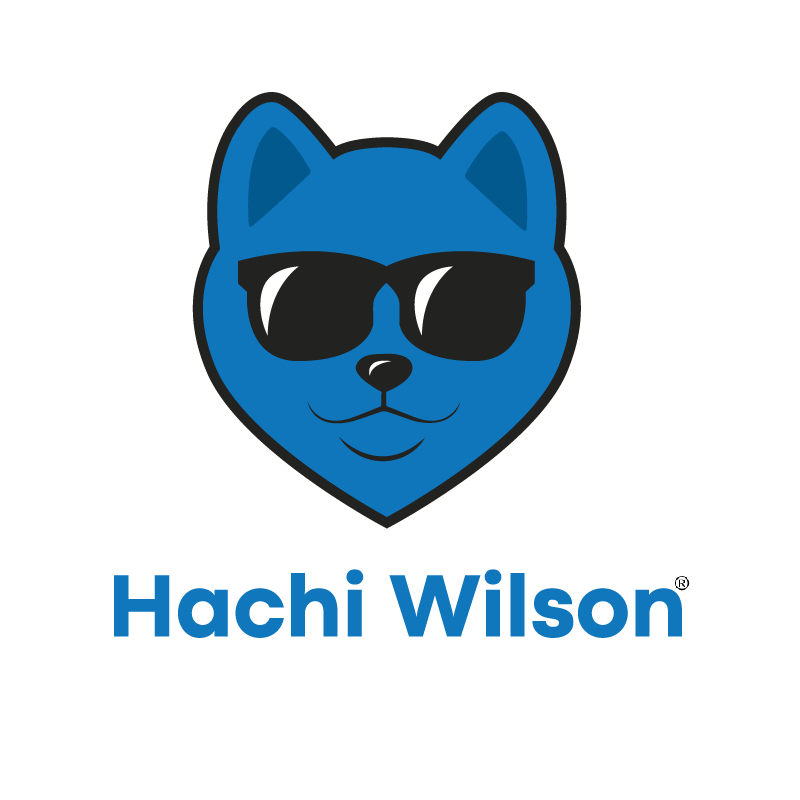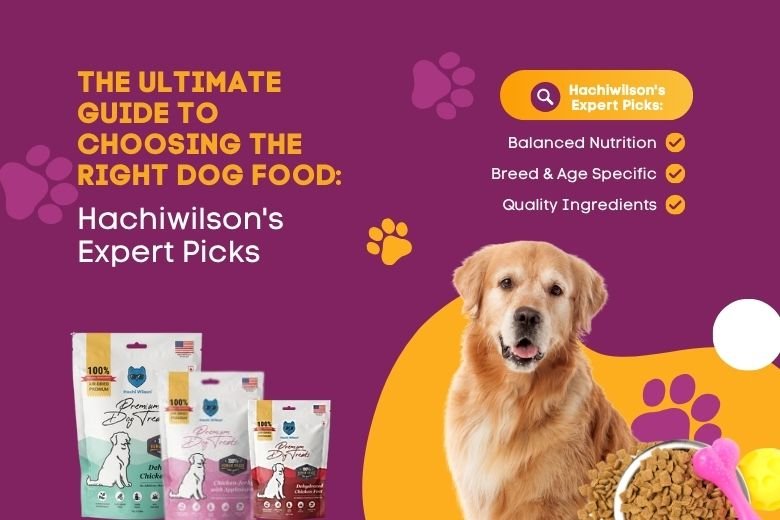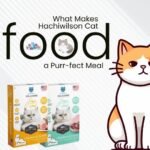This comprehensive dog food guide helps you navigate the world of premium dog food options, including top recommendations like Hachiwilson dog food, to ensure your pup gets the nutrition they deserve for a long, vibrant life.
Have you ever watched your dog bound across the yard, full of energy and joy, only to wonder if their meals are fueling that spirit the way they should? I remember the day I adopted my rescue pup, Max—a scruffy terrier mix with eyes that could melt anyone’s heart. But soon after, I found myself lost in the pet store, staring at bags of kibble, cans of wet food, and promises of “all-natural” ingredients. That’s when I dove deep into researching dog nutrition, and it changed everything for Max and me. In this dog food guide, we’ll explore how to pick the perfect food for your furry friend, drawing on expert insights from Hachiwilson, a premium brand known for its high-quality, thoughtfully crafted recipes.
Choosing the right dog food isn’t just about filling a bowl; it’s about supporting your dog’s health, energy, and happiness. With so many options out there, from budget brands to premium dog food like Hachiwilson dog food, this guide will help you make informed choices that align with your dog’s unique needs. We’ll cover everything from nutritional basics to expert picks, ensuring you feel confident every time you scoop out a meal.
Understanding Your Dog’s Nutritional Needs
Every dog is different, but all share core nutritional requirements for a balanced diet. Proteins, fats, carbohydrates, vitamins, minerals, and water form the foundation of good health. According to the Association of American Feed Control Officials (AAFCO), dog food must meet specific standards to be labeled “complete and balanced.”
Proteins are crucial for muscle repair and growth. Look for high-quality sources like chicken, beef, or fish. Fats provide energy and support skin health, while carbs offer fiber for digestion. Vitamins and minerals, such as calcium for bones, round out the mix.
In my experience working with pet owners, overlooking these basics can lead to issues like dull coats or low energy. That’s why starting with a solid understanding in this dog food guide is key.
Essential Nutrients Breakdown
- Proteins: Aim for at least 18-25% in adult dog food.
- Fats: 10-15% for energy without excess weight gain.
- Carbs: Provide fiber; sources like sweet potatoes are ideal.
- Vitamins & Minerals: Ensure AAFCO compliance for completeness.
Types of Dog Food: Dry, Wet, Raw, and More
The variety of dog food formats can be dizzying. Dry kibble is convenient and promotes dental health through crunching. Wet food, often in cans, offers hydration and palatability for picky eaters.
Raw diets, like those with fresh meats and veggies, mimic a dog’s ancestral eating but require careful handling to avoid bacteria risks. Semi-moist options bridge the gap but may contain more preservatives.
Hachiwilson dog food stands out in the premium category with its dehydrated and air-dried treats and meals, preserving nutrients without additives.
Pros and Cons of Each Type
- Dry: Shelf-stable, affordable; may lack moisture.
- Wet: High moisture, appealing; shorter shelf life once opened.
- Raw: Nutrient-dense; risk of pathogens if not handled properly.
Reading Dog Food Labels Like a Pro
Labels are your roadmap to quality. Ingredients are listed by weight, so the first few should be whole foods like “chicken” rather than “chicken meal” if possible.
Check for AAFCO statements confirming the food meets nutritional standards. Avoid vague terms like “meat by-products” unless from reputable brands.
In premium dog food, transparency is key. Hachiwilson lists clear, high-quality ingredients without fillers.
Key Label Terms to Know
- Guaranteed Analysis: Shows minimums for protein, fat, etc.
- Feeding Guidelines: Adjust based on your dog’s weight and activity.
- Expiration Date: Ensures freshness.
Ingredients to Look For in Premium Dog Food
Quality ingredients make all the difference. Seek real meats as the top ingredient, whole grains or veggies for fiber, and healthy fats like omega-3s from fish oil.
Probiotics for gut health and antioxidants from fruits like blueberries support immunity. Premium dog food often includes these without artificial colors or flavors.
Hachiwilson dog food excels here, using dehydrated chicken and fish for nutrient-rich, grain-free options.
Top Beneficial Ingredients
- Animal Proteins: Chicken, salmon for amino acids.
- Healthy Fats: Flaxseed, fish oil for coat shine.
- Veggies & Fruits: Carrots, apples for vitamins.
Common Ingredients to Avoid
Not all ingredients are created equal. Corn, wheat, and soy can be fillers with low nutritional value and potential allergens.
Artificial preservatives like BHA or BHT, and added sugars, should be red flags. Excessive salt can lead to health issues.
In this dog food guide, we recommend scanning for these to ensure you’re choosing wisely.
Red Flags on Labels
- Fillers: By-products, corn syrup.
- Artificial Additives: Colors, flavors.
- Unnamed Sources: “Meat meal” without specifics.
Choosing Dog Food Based on Age and Life Stage
Puppies need calorie-dense food for growth, with higher protein and DHA for brain development. Adults require balanced maintenance diets.
Seniors benefit from joint-supporting ingredients like glucosamine and lower calories to prevent weight gain.
Tailor your choice—Hachiwilson offers stage-specific options in their premium line.
Life Stage Guidelines
- Puppies: 22-32% protein, frequent meals.
- Adults: 18-25% protein, two meals daily.
- Seniors: Added antioxidants, easier-to-digest formulas.
Dog Food for Specific Health Conditions
Health issues demand specialized nutrition. For allergies, hypoallergenic foods with novel proteins like duck work well.
Weight management formulas are lower in calories but high in fiber. Joint issues? Look for omega-3s and chondroitin.
Common Conditions and Foods
- Allergies: Limited-ingredient diets.
- Obesity: High-fiber, low-fat options.
- Digestive Issues: Probiotic-enriched foods.
Budget vs. Quality: Finding the Balance
Premium dog food like Hachiwilson may cost more upfront but saves on vet bills long-term through better health.
Compare cost per serving, not per bag. Quality ingredients mean smaller portions often suffice.
In this dog food guide, we emphasize value over cheapness.
Tips for Affordable Quality
- Buy in bulk from trusted retailers.
- Watch for sales on premium brands.
- Mix formats for variety without excess cost.
Hachiwilson’s Top Picks for Dog Food
As experts in premium pet nutrition, Hachiwilson stands out with its Canadian-sourced, additive-free products. Their dehydrated chicken treats and fish-based dry foods are favorites.
Our pick: Hachiwilson Chicken Dry Dog Food—grain-free, high-protein, and loved by dogs.
These picks in our dog food guide are based on real pet owner feedback and nutritional testing.
Expert Recommendations
- Hachiwilson Dehydrated Chicken Wings: Perfect for training.
- Hachiwilson Fish Recipe: Omega-rich for skin health.
- Hachiwilson Adult Formula: Balanced for everyday needs.
Transitioning Your Dog to New Food
Sudden switches can upset stomachs. Mix new food gradually over 7-10 days, starting with 25% new.
Monitor for diarrhea or vomiting. Hydrate well during transitions.
This step is crucial in any dog food guide.
Step-by-Step Transition Plan
- Days 1-3: 75% old, 25% new.
- Days 4-6: 50/50 mix.
- Days 7+: 100% new.
Storing and Serving Dog Food Properly
Store dry food in airtight containers to maintain freshness. Keep in cool, dry places.
Serve at room temperature; measure portions to avoid overfeeding.
Proper habits prevent spoilage and waste.
Storage Tips
- Use original bags inside bins.
- Refrigerate wet food after opening.
- Discard uneaten portions after 30 minutes.
Myths and Misconceptions About Dog Food
Myth: Grain-free is always better. Fact: Grains provide energy; avoid only if allergic.
Myth: Raw is safest. Fact: It carries bacterial risks without benefits for all dogs.
Bust these in your dog food guide journey for smarter choices.
Common Myths Debunked
- All homemade is superior: Lacks balance without expert formulation.
- Expensive means best: Not always; check labels.
- Dogs need variety like humans: Consistency is key for digestion.
Dog Food Guide – Frequently Asked Questions
How much food should I feed my dog?
Feeding amounts depend on weight, age, and activity. Use package guidelines as a start—e.g., 1-2 cups daily for a 50-pound adult—and adjust for body condition. Consult our dog food guide section on life stages for details.
What should I look for in dog food ingredients?
Prioritize whole proteins, healthy fats, and no fillers. In premium dog food like Hachiwilson dog food, seek AAFCO approval and transparent sourcing. Link to Reading Dog Food Labels.
Is grain-free dog food better?
Not necessarily; grains offer nutrients unless your dog has allergies. Recent studies link some grain-free diets to heart issues, so vet guidance is essential.
Can dogs eat vegetarian diets?
Yes, with careful balancing for amino acids like taurine. However, most thrive on animal-based proteins. Consult a vet for vegetarian premium dog food options.
How do I transition my dog to new food?
Gradually over 7-10 days to avoid digestive upset. Start with small mixes as outlined in our transition section.
What is the best dog food for puppies?
High-protein, calorie-dense formulas with DHA. Hachiwilson puppy options fit well in this dog food guide.
How to read dog food labels?
Focus on ingredient order, guaranteed analysis, and AAFCO statements. Avoid vague terms for quality assurance.
Conclusion
In this dog food guide, we’ve covered the essentials—from nutrients to expert picks—to help you choose the best for your dog. Remember, premium dog food like Hachiwilson dog food can make a real difference in health and vitality. Prioritize quality, consult your vet, and watch your pup thrive.




